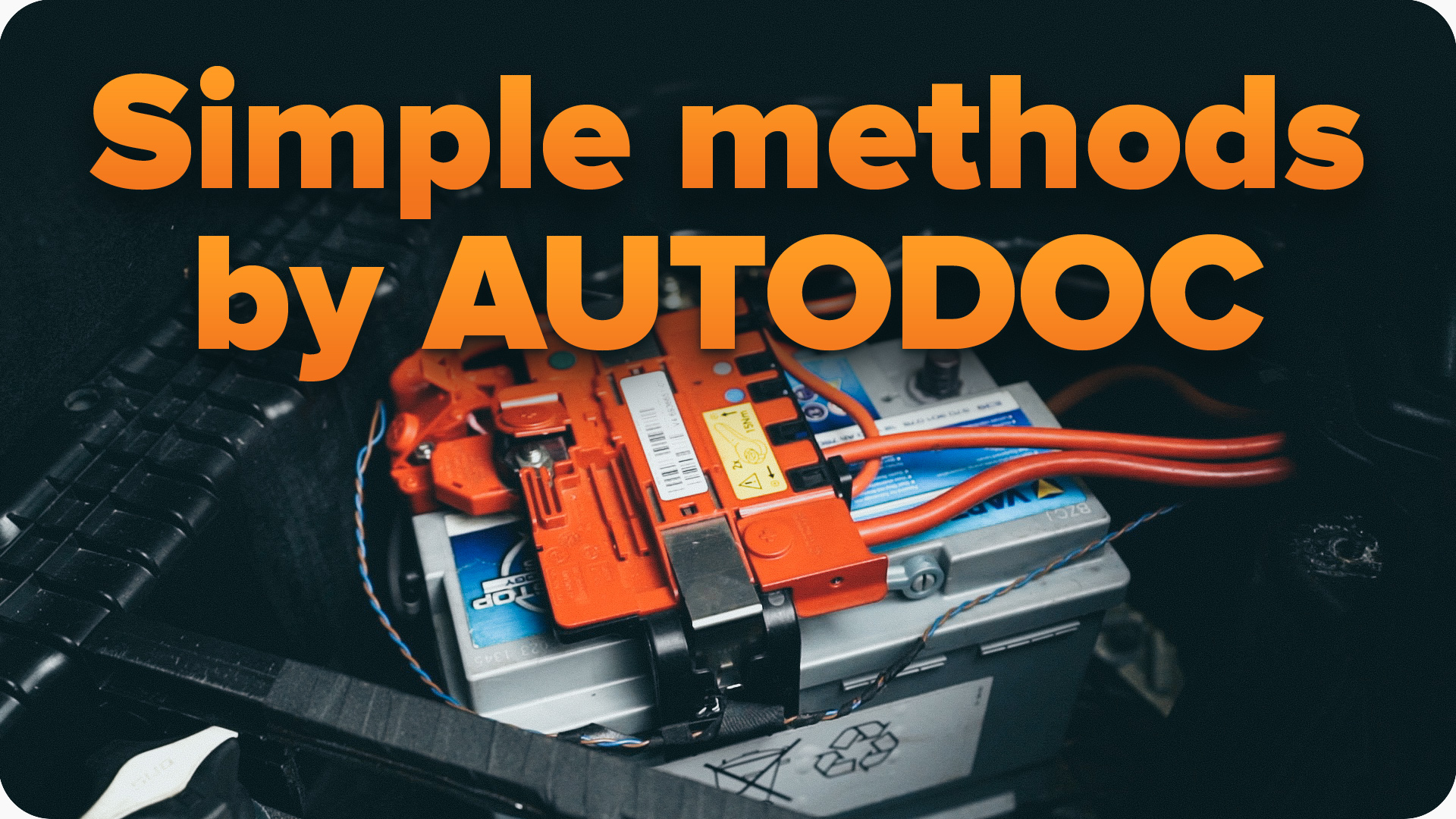
Simple methods by AUTODOC
- Carry out a visual inspection
- If there’s corrosion on the battery terminals, clean it off with a wire brush and apply copper grease.
- If you notice any damage to the housing, it’s best to replace the battery.
- Check the electrolyte levels using the indicator
Remove any dust and dirt from the indicator and look at its colour:- Green means the level of electrolyte and charge are normal.
- White means the charge is weak and needs recharging.
- Red means the acidity of the electrolyte has increased and the water level has decreased.
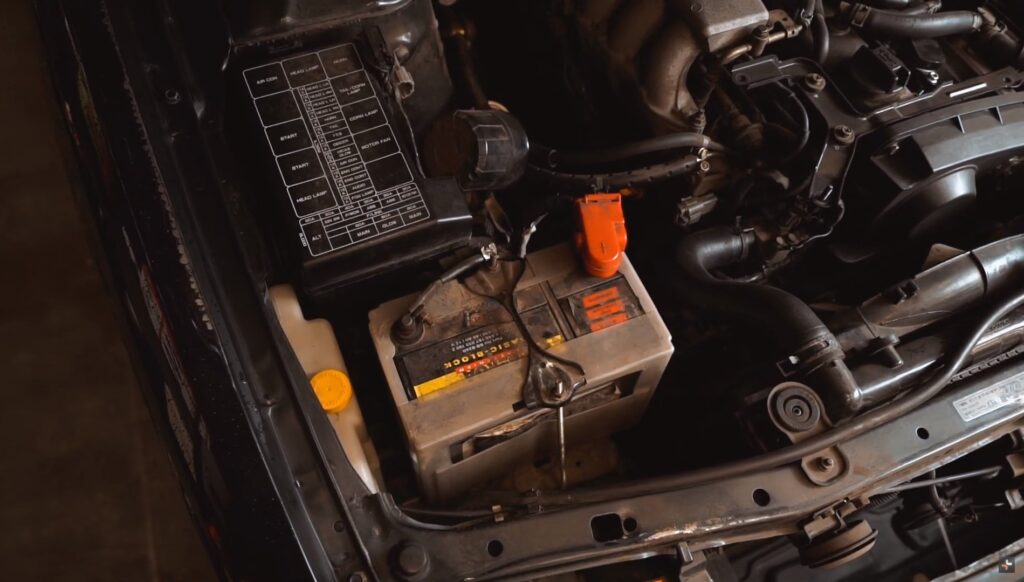

- Check the electrolyte level using the special marks on the battery housing
Make sure the electrolyte level is between the “min” and “max” marks.
- Check the electrolyte level using a glass tube if your battery doesn’t have markings indicating the level
- Park the car on a flat surface. Clean the battery cells of dust and dirt.
- Remove the cap of the cell and insert the tube.
- When the tube reaches the lead plates, fill it up and take it out.
- Put the cell cap back on.
- The height of the electrolyte in the tube indicates its level in the battery.
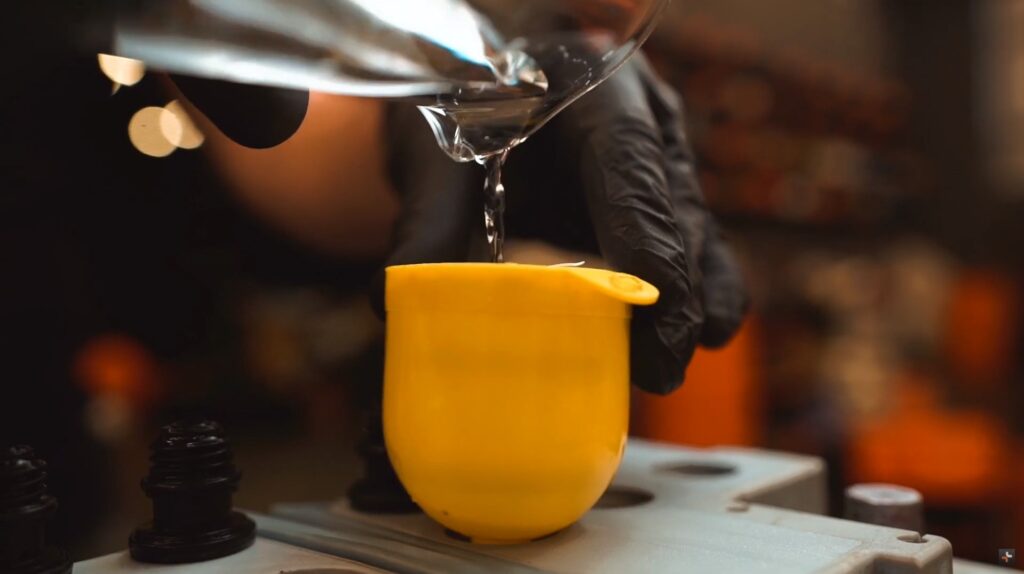
- Check the electrolyte density
- Park the car on a flat surface. Clean the battery cells of dust and dirt.
- Remove the cap of the cell and insert the hydrometer tube.
- Draw a full sample of electrolyte into the hydrometer. The float should float freely in the liquid.
- The reading where the electrolyte meets the scale on the float shows the electrolyte density.
- Carefully empty the electrolyte back into the battery.
- Put the cell cap back on.
- Measure the battery voltage using a voltmeter or multimeter
Switch the multimeter into DC voltage measurement mode and set the range to 20 volts.
Connect the black probe of the multimeter to the negative battery terminal and the red probe to the positive terminal.
Take the reading from the multimeter display.
- If the battery is fully charged, the voltage should exceed 12.6 volts. A voltage of less than 12.6 volts means the battery is less than 50% charged.
- If the battery voltage is less than 11.6 volts, it means that the battery is completely discharged.
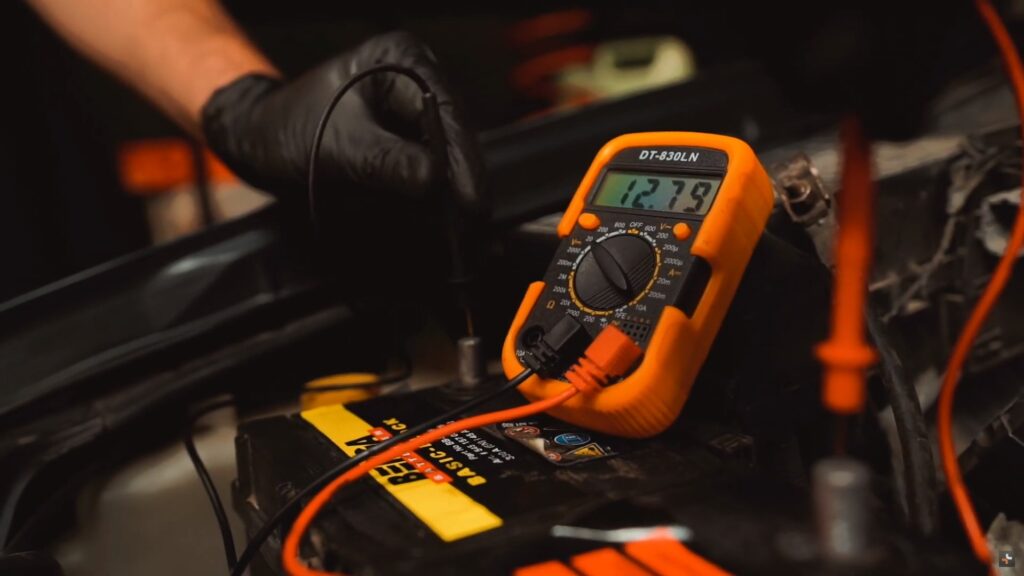
- Check the battery charge level using a car battery load tester
Connect the probes to the positive and negative terminals of the battery:
- Measure the battery voltage without load resistance.
- The car battery is 100% charged if the readings are between 12.6 and 12.9.
- The car battery is discharged if the readings are lower than 11.5.
- Measure the battery voltage with load resistance.
- The car battery is 100% charged if the readings are more than 10.2.
- The car battery is fully discharged if the readings are lower than 7.8.

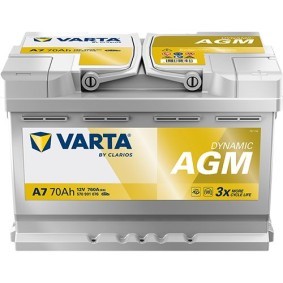






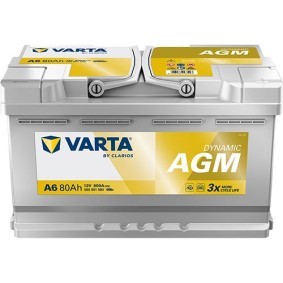








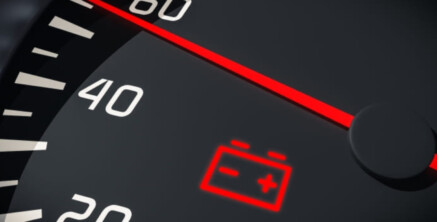
Comment